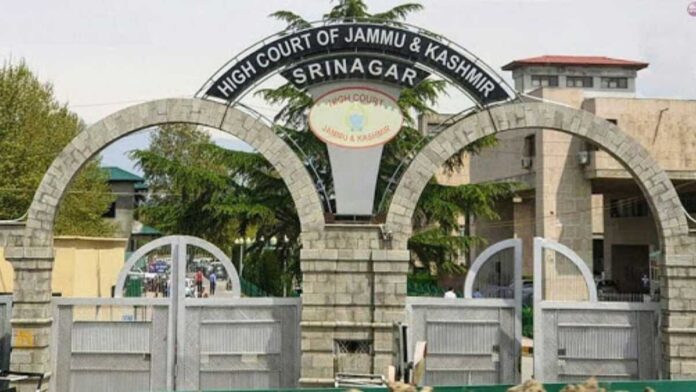The High Court of Jammu & Kashmir and Ladakh at Srinagar, in a judgment pronounced on October 14, 2025, dismissed a review petition (RP No.60/2024). A Division Bench comprising Justice Javed Iqbal Wani and Justice Rahul Bharti affirmed its prior judgment, which had dismissed a writ petition filed by Abdul Haq Banday and another, fundamentally
To Read More Please Subscribe to VIP Membership for Unlimited Access to All the Articles, Download Available Copies of Judgments/Order, Acess to Central/State Bare Acts, Advertisement Free Content, Access to More than 4000 Legal Drafts( Readymade Editable Formats of Suits, Petitions, Writs, Legal Notices, Divorce Petitions, 138 Notices, Bail Applications etc.) in Hindi and English.




